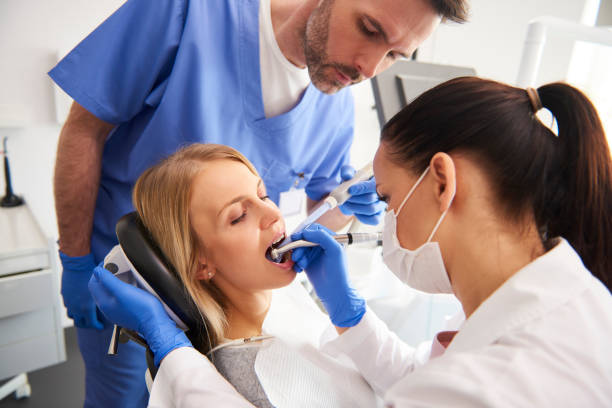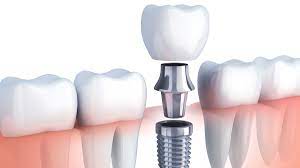Devices used for electrophysiology (EP) are a broad category of medical technology used to identify and treat heart conditions. These tools examine aberrant heartbeats and analyze the electrical impulses of the heart. Implantable cardioverter defibrillators (ICDs), pacemakers, automated external defibrillators (AEDs), cryoablation EP catheters, radiofrequency ablation catheters, and microwave and laser ablation systems are a few of the frequently utilized EP devices. These devices control the heartbeat in an emergency by sending and receiving electrical impulses to and from the heart. They help remove defective heart tissues that can lead to abnormal heart rhythms and are minimally invasive.
The market value of electrophysiology devices in 2021 was USD 6.2 billion and will reach USD 15.60 billion by 2030 at a 10.8% CAGR.
Growth Factors
Some key market growth drivers with a high impact are the expanding use of electrophysiology devices in diagnosing and treating cardiovascular diseases, including atrial fibrillation, the rising demand for cardiac rhythm management devices used for continuous monitoring, and the expanding use of these devices outside of hospitals. Another important reason driving the market’s expansion is the rising incidence of cardiac arrest and heart failure (HF) cases among millennials as a result of lifestyle choices, including excessive alcohol intake and smoking.
Over the projected period, it is also anticipated that the introduction of new technologies, including laser, cryo, and ultrasonic ablation, as well as sophisticated mapping technologies, will increase demand for electrophysiological equipment.
Restraints
The main factors restraining the market growth are the availability of alternative therapies, the high costs associated with these goods, and the existence of tight regulations pertaining to the application of electrophysiological devices.
Opportunities
Vendors of electrophysiology are anticipated to experience significant growth prospects in emerging regions. This is because there are more patients, more people with disposable cash, better healthcare infrastructure, and more lax regulations than in industrialized nations. Due to an expanding target patient population, an increase in CVD-related fatalities, and increased medical tourism, emerging countries have seen a consistent rise in surgical procedures over the past ten years.
Market Segmentation
Application Insights
The industry is divided into therapeutic devices and diagnostic devices based on application. The diagnostic devices segment ruled the entire market in 2021 with 52% of the revenue share. The high adoption rates of ambulatory monitoring equipment and the widespread use of cardiac monitors as a standard diagnostic and monitoring tool for arrhythmias account for the segment’s leading dominance. In view of use, the business is characterized into treatment gadgets and analytic gadgets. The symptomatic gadgets section represented the biggest portion of over 52.00% of the worldwide income in 2021. High use paces of cardiovascular screens as a standard demonstrative and observing device for arrhythmias and rising reception of walking checking hardware are factors liable for the prevailing portion of the section.
Indication Insights
The electrophysiology device market is divided into bradycardia, Wolff-Parkinson-White Syndrome (WPW), supraventricular tachycardia (SVT), atrioventricular nodal re-entry tachycardia (AVNRT), and others based on the indication. In 2021, the atrial fibrillation category led the market and contributed to more than 32.00% of total revenue. It is the most prevalent kind of arrhythmia and is strongly linked to a high risk of blood clotting and stroke. The British Heart Association predicts that in 2022, 1.5 million people in the United Kingdom will have atrial fibrillation.
End-use Insights
In 2021, the hospitals market category accounted for the largest percentage of global revenue, more than 54.00% of the revenue share. The majority of the market is accounted for by interventional cardiologists’ use of cutting-edge cardiac rhythm management and EP technologies, as well as the growing prevalence of cardiovascular disease (CVD).
Regional Insights
Due to the high rates of cardiac arrest, heart failure, and cardiac arrhythmia, North America ruled the entire market in 2021 and contributed the largest share of more than 37.5% of revenue. During the projected period, the availability of modern healthcare infrastructure and kind reimbursement policies will fuel the region’s expansion.
The market in Asia Pacific will grow at the fastest rate. The high elderly population, rising risk of cardiac illnesses, and unmet clinical needs mostly fuel the region’s expansion. Additionally, the region’s expanding healthcare spending rates, better patient awareness levels, and improved healthcare infrastructure will help manufacturers take advantage of these prospects. The demand for EP systems is anticipated to expand because of the rapid development of the healthcare infrastructure and a rise in disposable income in developing economies like China and India. The region’s technological developments also influence the market’s expansion.
Key Players
- Biotronik SE & Co. KG
- Abbott Laboratories
- CardioFocus, Inc.
- Boston Scientific Corporation
- GE electrophysiology (Healthcare)
- Medtronic Plc.
- Koninklijke Philips N.V.
- Johnson & Johnson, Inc.
- MicroPort Scientific Corporation
- AtriCure, Inc.
- AngioDynamics
- Siemens Healthineers AG
- Stereotaxis, Inc.
- Biosense Webster
The market value of electrophysiology devices in 2021 was USD 6.2 billion and will reach USD 15.60 billion by 2030 at a 10.8% CAGR. The occurrence of technically sophisticated electrophysiology products, the rapid increase in the elderly population with a high risk of target diseases, the rise in arrhythmia cases around the world, and the increasing focus of major market players on expanding their geographic presence are some of the factors driving the growth of the electrophysiology devices market.





